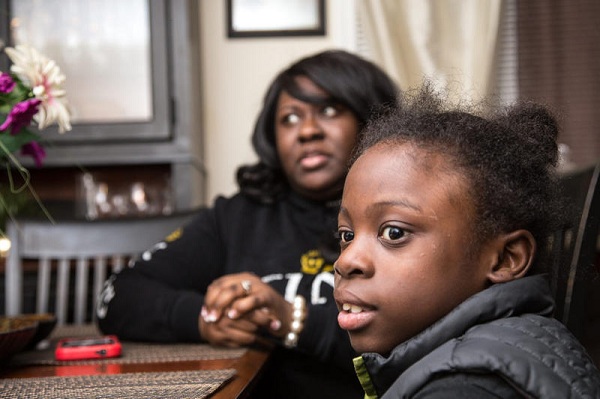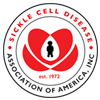DISCLAIMER
The information and materials accessed through or made available for use on any of our Sites, including, any information about diseases, conditions, treatments, or medicines, are for informational purposes only. The Content is not intended to be and is not a substitute for professional medical advice, diagnosis, or treatment, and your participation on our Sites does not create a healthcare professional-patient relationship. You should consult a doctor or other qualified health care professional regarding any questions you have about your health or before making any decisions related to your health or wellness. Call your doctor or 911 immediately if you think you may have a medical emergency.compose your message
message sent
email sent successfully
Trusted Resources: News & Events
Latest announcements and gatherings
Sickle cell patients suffer as disparities in care and research persist
When 9-year-old Jeremy Brown is in pain, it feels like he is being stabbed, while the pain experienced by Deborah Oliver, 40, is like a hundred simultaneous charley horses.
Brown, of Bridgeport, and Oliver, of New Haven, have sickle cell disease (SCD), a genetic blood disorder that causes excruciating pain, life-threatening complications and a shortened life expectancy. Almost one-half of sickle cell patients die in their 40s.
The disease affects some 100,000 Americans, about one in 365 African Americans and one out of 16,300 Hispanics; and in lesser numbers, people with Middle Eastern, Indian, Caribbean and Mediterranean ancestries. An estimated 2,000 people in Connecticut have SCD.
But the disease—discovered over 100 years ago—receives little research, funding and attention.

 +myBinder
+myBinderRelated Content
-
education & researchA Multidisciplinary Approach to Impact Acute Care Utilization in Sickle Cell DiseaseSickle cell disease (SCD), an inherited ...
-
people & placesChristiana Care Sickle Cell ProgramChristiana Care is one of the country’...
-
Community CenterFour Solutions for Sickle Cell Disease SupportWhen Precious Lee was a year old, she be...
-
education & researchHealth Care Utilization Trajectories and Associated Factors for Transitioning Adolescents/Young Adults with Sickle C...Limited research had explored health car...
-
Community CenterCMO Speaks: Making ED Care Better for SCD – Progress in 2023Welcome to CMO Speaks, a blog featuring ...
-
people & placesSickle Cell Disease CoalitionThe Sickle Cell Disease Coalition (SCDC)...
-
videos & visuals4 Transition Stages of Sickle Cell Disease and Tips for Each Stagehttps://www.onescdvoice.com/wp-content/u...
send a message
To improve your experience on this site, we use cookies. This includes cookies essential for the basic functioning of our website, cookies for analytics purposes, and cookies enabling us to personalize site content. By clicking on 'Accept' or any content on this site, you agree that cookies can be placed. You may adjust your browser's cookie settings to suit your preferences. More Information
The cookie settings on this website are set to "allow cookies" to give you the best browsing experience possible. If you continue to use this website without changing your cookie settings or you click "Accept" below then you are consenting to this.
Support for this site is provided by

This platform is made possible through a partnership with the Sickle Cell Disease Association of America, Inc. (SCDAA) and its member organizations. SCDAA's mission is to advocate for people affected by sickle cell conditions and empower community-based organizations to maximize quality of life and raise public consciousness while advancing the search for a universal cure.




